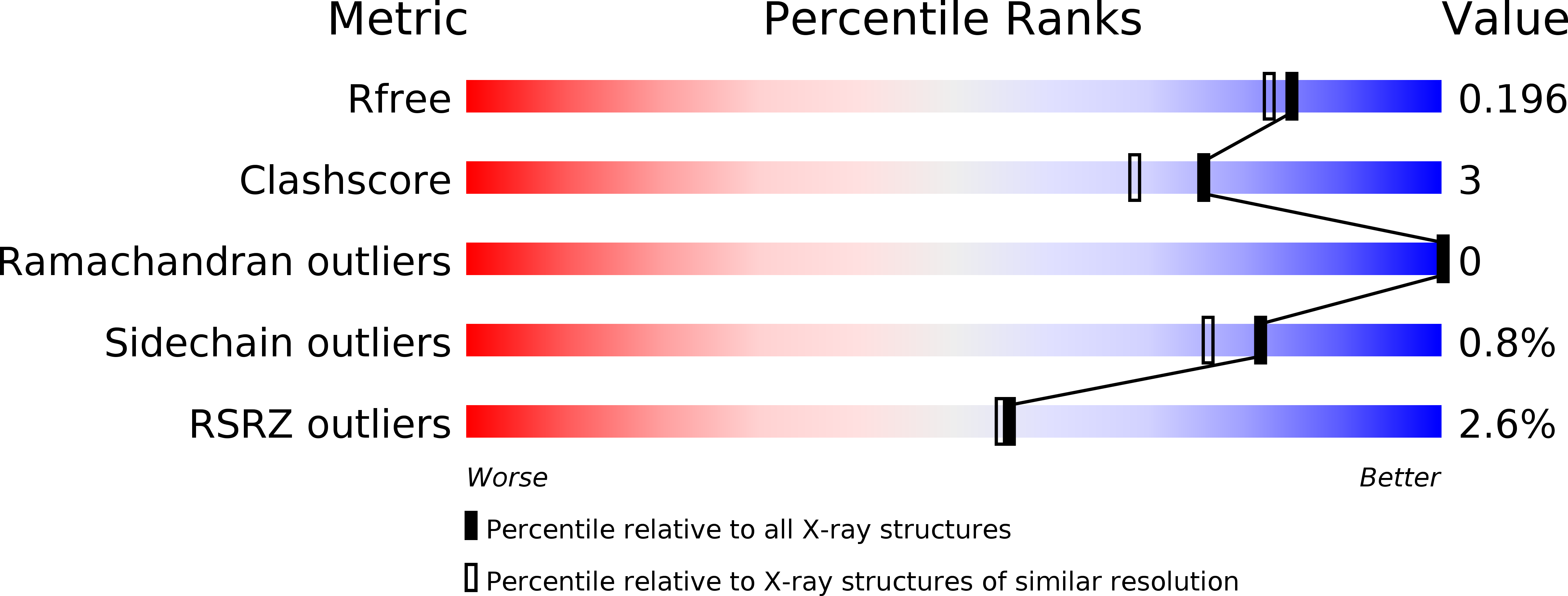
Deposition Date
2016-09-21
Release Date
2016-12-21
Last Version Date
2024-03-20
Entry Detail
PDB ID:
5GY3
Keywords:
Title:
The crystal structure of endoglucanase Cel10, a family 8 glycosyl hydrolase from Klebsiella pneumoniae
Biological Source:
Source Organism:
Klebsiella pneumoniae (Taxon ID: 573)
Host Organism:
Method Details:
Experimental Method:
Resolution:
1.77 Å
R-Value Free:
0.19
R-Value Work:
0.16
R-Value Observed:
0.16
Space Group:
P 21 21 21


